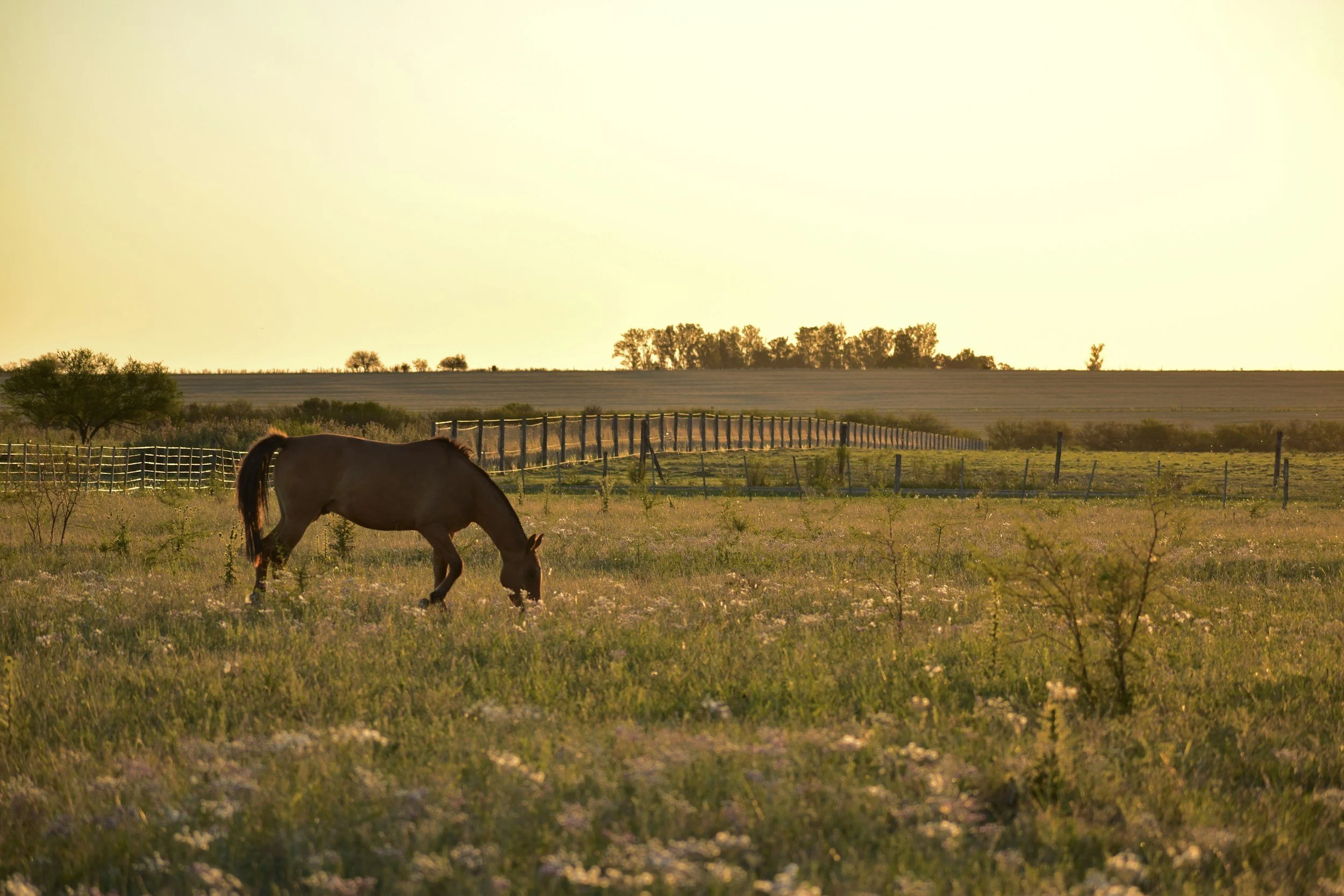Blog By: Johnna Adams
The Second Chance Act (“SCA”) was created with the aim of reducing recidivism of criminal offenders by providing federal funding to support reentry and rehabilitation.[i] Since the SCA’s enactment in 2008, state-level recidivism rates have dropped by twenty-three percent.[ii] While this reduction is significant, many incarcerated and formerly incarcerated individuals require more comprehensive support to address the root causes that led to their incarceration, including unresolved trauma, substance use disorders, and a lack of life skills.[iii] The SCA has already proven itself to be successful at reducing recidivism;[iv] however, it only extends to reentry services such as career training, substance abuse treatment, community-based mentoring, and transitional services by non-profits.[v] The transitional offerings listed in the Act include: educational, literacy, and vocational services; substance abuse treatment; physical health care and comprehensive housing and mental health care; and family services.[vi] Because only these services are covered by the Act, it is unlikely grants would be awarded to programs that do not fall within those listed areas.[vii] Thus, the SCA should be expanded to cover equine-assisted rehabilitation programs to further facilitate reentry; this expansion aligns with the congressional intent of the statute.[viii]
The SCA’s goal of promoting successful reentry aligns with the aims of equine-assisted rehabilitation programs, which have been effective in helping individuals prepare for and transition back into society.[ix] Many incarcerated and formerly incarcerated individuals face unique challenges that traditional rehabilitation models often fail to adequately address, particularly distrust of authority figures.[x] Equine-assisted programs overcome this barrier by allowing individuals to work with horses to build trust, accountability, and personal responsibility, while improving communication, social skills, and emotion regulation.[xi]
Some critics argue that the federal government should not fund state criminal justice programs and question the SCA’s effectiveness.[xii] Based on this belief, these opponents will likely not support any extension of the SCA. However, mass incarceration is a nationwide concern that can have economic, social, and racial consequences that are not confined within a specific state’s borders.[xiii] Additionally, expanding the SCA to apply to equine-assisted rehabilitation programs would not require additional federal funding to be allocated to the Act; instead, it would simply broaden eligibility under the existing funding scheme. Any arguments against the effectiveness of the SCA also fail, as it has now been proven to significantly decrease recidivism.[xiv] Equine-assisted rehabilitation programs would expand this success even further by providing a cost-effective alternative to incarceration, addressing the underlying causes of recidivism, and potentially reducing the billions spent annually on imprisonment.
Kentucky has led this initiative with the opening of the Thoroughbred Retirement Foundation’s Second Chances Program at Blackburn Correctional Complex in Lexington.[xv] This one-hundred-acre farm on the prison’s grounds provides inmates with hands-on experience and practical knowledge in caring for retired horses.[xvi] The program is funded directly by the Foundation, while the state provides the land, security, equipment, and labor necessary for day-to-day operations.[xvii]
Stable Recovery is a facility in Lexington, Kentucky, that focuses on substance use treatment and supports recovery by teaching participants new skills through hands-on work with thoroughbreds.[xviii] Individuals who suffer from substance use disorder often encounter the criminal justice system first-hand.[xix] This program is a non-profit, funded mainly by private donations, with approximately twenty percent of its funding coming from a mix of state and federal sources.[xx] While programs focused on substance use treatment, such as Stable Recovery, could potentially qualify for funding under the existing statutory scheme,[xxi] an explicit expansion would encourage more consistent funding under the SCA and would also extend eligibility to equine-assisted rehabilitation that addresses other reentry needs beyond addiction. Programs such as these support reentry and align with the purpose of the SCA.[xxii]
Together, these programs demonstrate how equine-assisted rehabilitation can provide vast benefits for incarcerated individuals and those reintegrating into society.[xxiii] However, they rely on private donations as well as limited state and federal funding.[xxiv] Broadening the SCA to cover equine-assisted rehabilitation would enable these programs to expand nationwide, encourage other states to implement similar initiatives, and advance the SCA’s goals of promoting rehabilitation and reducing recidivism.
[i] 34 U.S.C. § 60501 (2017); id. § 60511 (2018).
[ii] 50 States, 1 Goal: Examining State-Level Recidivism Trends in the Second Chance Act Era, The Council of State Gov’ts Justice Ctr. (Apr. 2024), https://csgjusticecenter.org/publications/50-states-1-goal/ [https://perma.cc/KL8P-8H9U].
[iii] See Lucuis Couloute & Daniel Kopf, Out of Prison & Out of Work: Unemployment among formerly incarcerated people, Prison Policy Initiative (July 2018), https://www.prisonpolicy.org/reports/outofwork.html [https://perma.cc/RT4J-8MJV].
[iv] The Council of State Gov’ts Justice Ctr., supra note 2.
[v] 34 U.S.C. §§ 60511, 60521, 60531.
[vi] 34 U.S.C. § 60531.
[vii] See id.
[viii] 34 U.S.C. § 60501.
[ix] Does Equine Assisted Psychotherapy Benefit Those That Are Incarcerated or Formerly Incarcerated?, Eagala (June 24, 2025), https://www.eagala.org/blog/does-equine-therapy-benefit-incarcerated-former-incarcerated/ [https://perma.cc/PE99-HDM7].
[x] Id.
[xi] Id.
[xii] David Muhlhausen, Testimony: The Second Chance Act: Budget Restraint and More Evaluations of Effectiveness Needed, The Heritage Found. (Sept. 29, 2010), https://www.heritage.org/article/testimony-the-second-chance-act-budget-restraint-and-more-evaluations-effectiveness-needed [https://perma.cc/5JEZ-B5XL].
[xiii] Connections Among Poverty, Incarceration, and Inequality, Inst. for Research on Poverty (May 2020), https://www.irp.wisc.edu/resource/connections-among-poverty-incarceration-and-inequality/ [https://perma.cc/4JT9-8UZ5].
[xiv] The Council of State Gov’ts Justice Ctr., supra note 2.
[xv] Thoroughbred Retirement Farm, Ky. Dep’t of Corr., https://corrections.ky.gov/Facilities/AI/BCC/Pages/trf.aspx (last visited Oct. 15, 2025) [https://perma.cc/S69X-MJZF].
[xvi] Id.
[xvii] Id.
[xviii] A Unique Path to Recovery, Taylor Made, https://www.stablerecovery.net/ (last visited Nov. 6, 2025) [https://perma.cc/6HN5-MLGV].
[xix] Amanda Lefkowitz, Prison and substance abuse, Ebsco (2020), https://www.ebsco.com/research-starters/health-and-medicine/prison-and-substance-abuse [https://perma.cc/ES3Y-EG3V].
[xx] Special Eclipse Award for Frank Taylor and Stable Recovery Program, Taylor Made (Jan. 22, 2025), https://taylormadefarm.com/special-eclipse-award-for-frank-taylor-and-stable-recovery-program/ [https://perma.cc/HN3B-PTJK].
[xxi] 34 U.S.C. § 60501.
[xxii] Id.
[xxiii] Ky. Dep’t of Corr., supra note xv; Taylor Made, supra note xviii.
[xxiv] Taylor Made, supra note xx.



